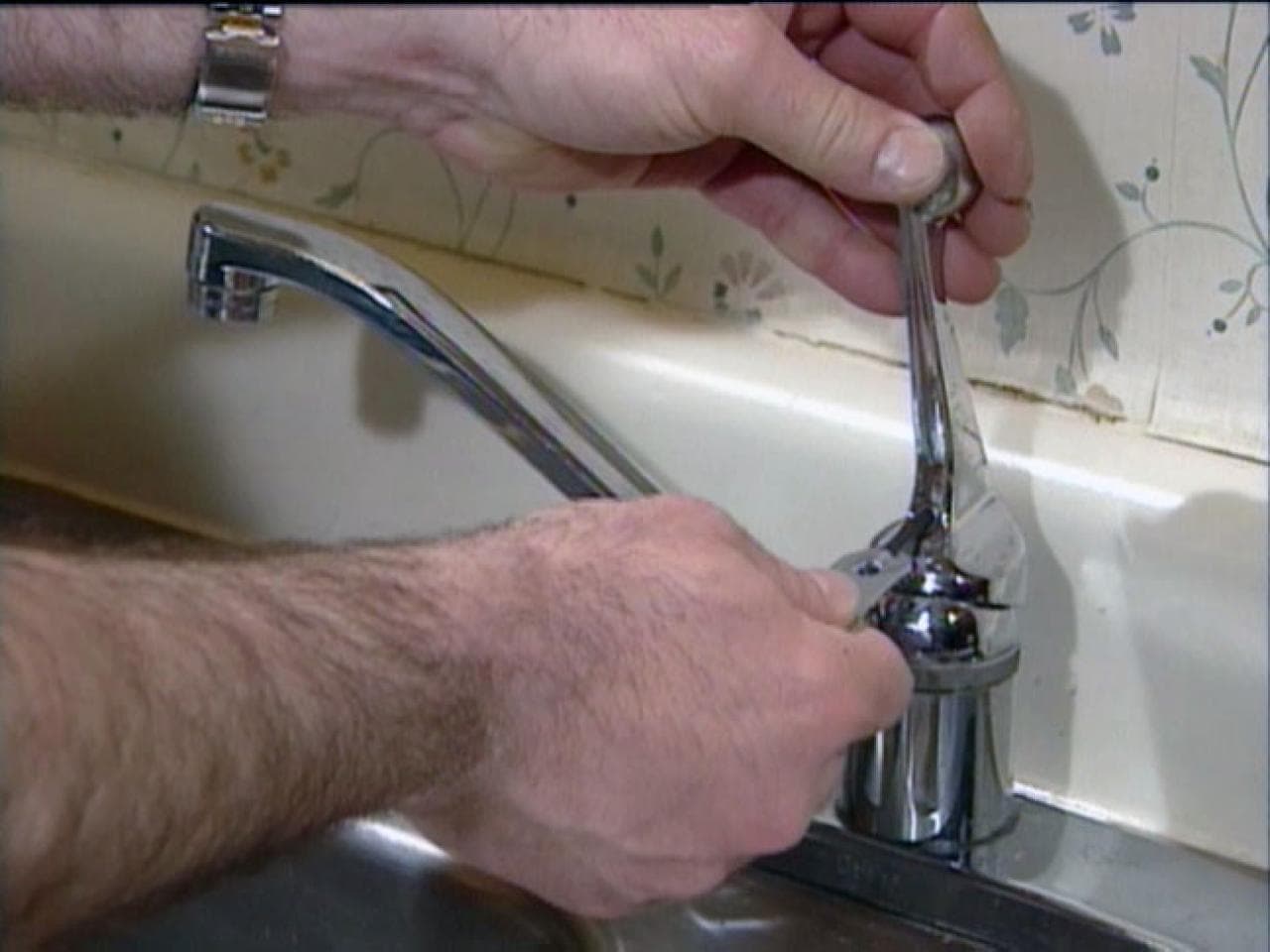On this page down the page you can discover additional really good ideas concerning 4 Common Reasons for a Leaky Faucet.

Trickling taps may appear like a minor inconvenience, but their influence exceeds just the annoyance of the audio. From drainage to incurring unneeded monetary costs and health threats, disregarding a dripping tap can result in numerous repercussions. In this article, we'll look into why it's essential to address this usual family concern quickly and properly.
Waste of Water
Ecological Impact
Leaking taps add considerably to water waste. According to the Epa (EPA), a single faucet leaking at one drip per second can lose greater than 3,000 gallons of water each year. This not only stress water sources yet additionally affects environments and wild animals depending on them.
Step-by-Step Overview to Fixing a Dripping Tap
Devices Called for
Prior to trying to deal with a trickling tap, collect the required tools, including a flexible wrench, screwdrivers, substitute parts (such as washers or cartridges), and plumber's tape.
Common Tap Issues and Their Solutions
Determine the sort of faucet and the particular concern triggering the drip. Common troubles consist of worn-out washing machines, corroded shutoff seats, or malfunctioning O-rings. Refer to producer guidelines or on the internet tutorials for detailed support on repairs.
Financial Expenses
Increased Water Expenses
Past the environmental effect, trickling faucets can pump up water costs substantially. The built up waste with time translates into greater energy expenses, which could have been prevented with prompt repair services.
Possible Residential Property Damages
In addition, prolonged leaking can bring about harm to components and surface areas bordering the faucet. Water accumulation can cause staining, corrosion, and also architectural problems if left ignored, causing extra repair service costs.
Health Problems
Mold And Mildew and Mildew Development
The continuous existence of moisture from a trickling faucet produces a perfect setting for mold and mold growth. These fungis not only endanger indoor air top quality however additionally position wellness threats, particularly for people with respiratory conditions or allergic reactions.
Waterborne Illness
Stagnant water in dripping taps can end up being a breeding place for bacteria and various other pathogens, boosting the threat of waterborne diseases. Contaminants such as Legionella germs grow in stationary water, potentially resulting in major illnesses when ingested or inhaled.
DIY vs. Professional Repair work
Benefits and drawbacks of Do It Yourself Repair Service
While some may attempt to repair a dripping faucet themselves, do it yourself repair services include their own collection of challenges. Without proper expertise and devices, DIY efforts can worsen the issue or lead to insufficient repair work, prolonging the issue.
Benefits of Working With a Professional Plumber
Working with an expert plumber guarantees that the underlying source of the dripping faucet is addressed successfully. Plumbers have the proficiency and devices to detect and repair faucet problems successfully, saving time and reducing the danger of additional damages.
Ecological Duty
Individual Contribution to Conservation
Taking responsibility for taking care of leaking taps lines up with wider initiatives towards water conservation and environmental sustainability. Every individual's activities jointly make a considerable effect on protecting precious resources.
Lasting Living Practices
By focusing on timely repair work and adopting water-saving behaviors, people contribute to lasting living techniques that benefit both existing and future generations.
Preventive Measures
Normal Maintenance Tips
To prevent leaking faucets, execute routine upkeep such as cleaning up aerators, inspecting for leaks, and changing worn-out components quickly. In addition, consider installing water-saving devices or upgrading to extra effective components.
Significance of Prompt Services
Dealing with trickling faucets as soon as they're observed protects against further water wastage and prospective damages, inevitably conserving both water and cash in the long run.
Impact on Building Worth
Assumption of Well-Maintained Residential Or Commercial Property
Maintaining a building in good condition, consisting of attending to maintenance issues like dripping taps, enhances its perceived worth and charm among potential customers or occupants.
Influence on Resale Worth
Qualities with well-kept plumbing fixtures, consisting of faucets, command greater resale values in the property market. Dealing with trickling faucets can add to a positive impact during residential property evaluations and arrangements.
Conclusion
Dealing with a trickling tap exceeds simple ease; it's an important action toward saving water, minimizing economic prices, and safeguarding health and home. Whether with do it yourself repair services or specialist aid, doing something about it to deal with trickling taps is a little yet impactful way to advertise accountable stewardship of resources and contribute to a much healthier, extra lasting future.
Most Common Reasons for a Leaky Faucet and How to Stop the Drip
Whether it’s your kitchen faucet leaking or a bathroom faucet leaking, one leaky faucet can waste anywhere from three to 30 gallons of water every single day. If the constant drip-drip-drip doesn’t get your attention, your water bill will. The good news is that, by following a few simple steps, chances are pretty good you can fix the problem yourself.
Why is it dripping?
Before you start taking things apart, let’s break down some of the most common causes of a leaky faucet.
Bad O-ring.
A cartridge is a valve that controls the flow of water into the faucet spout. On cartridge faucets there’s an O-ring—the little disc attached to the stem screw that holds the faucet handle in place. If it’s loose or worn-out, it can cause your sink handle to leak. Of course, the cartridge itself could be worn out. If that’s the case, make sure you replace it with the exact same kind.
Corroded valve seat.
The valve seat connects the faucet and the spout. If the leak seems to be coming from the spout, it might be because a buildup of water sediment has corroded the valve seat.
Worn-out washers or seals.
A leaky spout could be caused by a bad washer that rests against the valve seat. It’s just a matter of time before friction takes its toll. It could also be the wrong size washer or one that’s been installed incorrectly. Water sediments can also corrode inlet and outlet seals.
Water pressure.
If the faucet only drips now and then, or when you turn the handles a certain way, you should probably check your home’s water pressure.
Loose or broken parts.
The adjusting ring and packing nuts in the stream screw can become loose over time, causing your sink handle to leak. Try tightening or replacing the packing nut. If the leak is coming from the pipes underneath the sink, you probably have a broken pipe or fitting. If that’s the case, you should definitely call a plumber.
Know your faucet.
Faucets come in a variety of types. Each one has its own assembly—and its own possible causes of leaks. Learning about the four most common kinds of faucets will help you know how to take them apart and make any repairs.
How to stop a leaky faucet
Fixing that leaky faucet doesn’t have to take a lot of time, money, or expertise. It’s usually a simple matter of replacing a worn-out washer or gasket, a loose O ring, or another part. Chances are really good you can do this yourself if you follow these simple steps.
Shut off the water.
Before you tackle the faucet, cut off the water supply to the sink. There should be one valve for hot and one for cold. Hand-turn them clockwise with your hands till they close. If there are no valves under the sink, head to the basement and shut off the main water supply to the house. Then turn on the faucet until it empties out the water that’s still in the line and you’re ready to start. It’s a good idea to cover the sink drain with a plug or a rag so you don’t lose any small pieces and parts while you’re working.

I discovered that post about 4 Common Reasons for a Leaky Faucet while surfing the internet. Those who enjoyed our post kindly make sure you remember to pass it around. We treasure your readership.